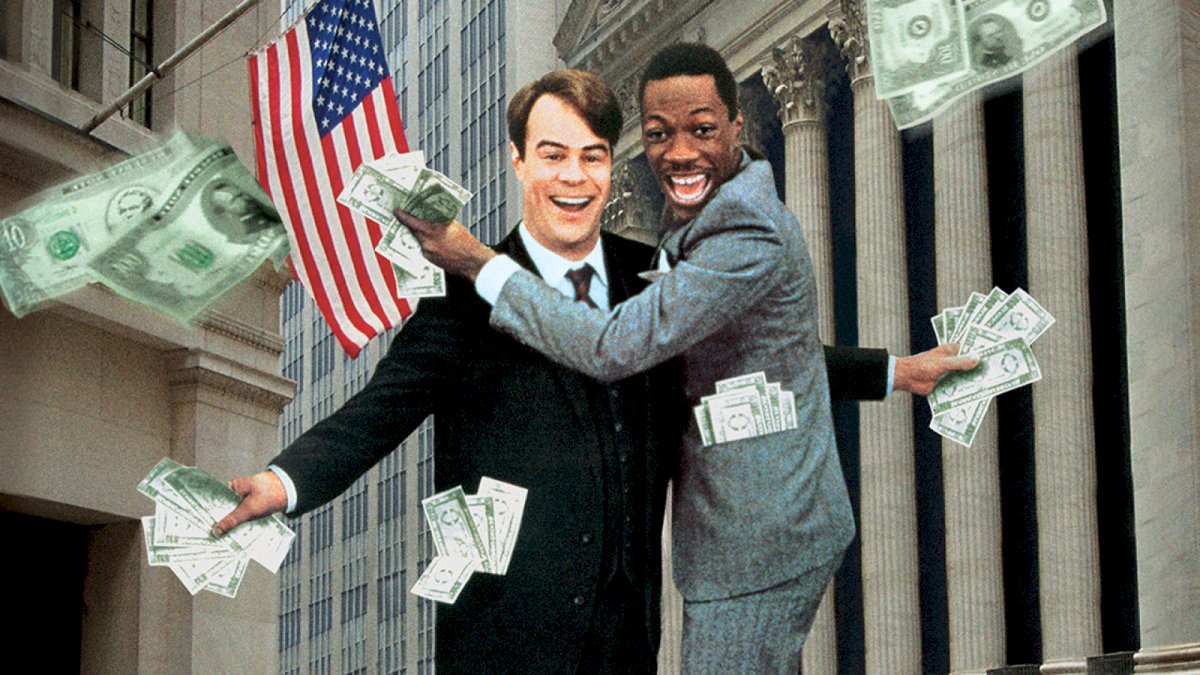Television in the 1960s was a time of great transformation in the United States, and the entertainment industry played a significant role in reflecting the shifting cultural landscape. One TV series that emerged during this era and captured the essence of rural America was "Petticoat Junction." Created by Paul Henning, this classic show, which ran from 1963 to 1970, showcased the idyllic life of the Bradley family in the fictitious town of Hooterville, Missouri. In this article, we will delve into the world of "Petticoat Junction," exploring its history, characters, impact on American culture, and its enduring charm.
(Watch the video below)
-2-1697618193x1024.jpg)
Setting the Scene: The Town of Hooterville
-6-1697618282x1024.jpg)
"Hooterville" was a quintessential American small town that served as the backdrop for "Petticoat Junction." The town's charm lay in its rustic simplicity, embodying the values and quirks of rural life. Nestled among rolling hills and verdant countryside, Hooterville was a place where time seemed to stand still. It was here that the audience was introduced to the Bradley family and their cozy home, the Shady Rest Hotel.
-4-1697618301.jpg)
The Bradley Family: A Heartwarming Ensemble
-5-1697618320.jpg)
Central to "Petticoat Junction" was the Bradley family, who ran the Shady Rest Hotel. Each member of the family had their own unique personality, contributing to the show's enduring appeal.
Kate Bradley: Bea Benaderet played the matriarch, Kate Bradley. She was the glue that held the family and the hotel together. Kate's character exemplified the strength, resourcefulness, and unwavering love of a mother in a small-town setting.
-3-1697618333x1024.jpg)
Uncle Joe Carson: Edgar Buchanan portrayed the lovable Uncle Joe Carson, who was never one to turn down a scheme or an opportunity for relaxation. Uncle Joe added comic relief and an endearing quality to the show.
-7-1697618356.jpg)
The Bradley Sisters: The Bradley sisters were Betty Jo, Billie Jo, and Bobbie Jo, each bringing their own brand of charm to the show. The character of Betty Jo was initially played by Jeannine Riley, while Pat Woodell portrayed her in the second season. Lori Saunders took on the role of Bobbie Jo, replacing Gunilla Hutton. These sisters' adventures and relationships provided plenty of comedic and heartwarming moments.
The Iconic Cannonball Express
-11-1697618412.jpg)
The Cannonball Express, a rickety, century-old steam engine, was a central element of the show. Running through Hooterville, the Cannonball connected the town with the rest of the world, often bringing in colorful characters, sparking new storylines, and serving as a source of nostalgia.
Notable Episodes
-8-1697618436x1024.jpg)
"Petticoat Junction" featured a wide array of memorable episodes that resonated with viewers and contributed to the show's success. Some of these episodes included:
"Spur Line to Shady Rest" (Season 1, Episode 1): This episode introduced audiences to the Bradley family and the Shady Rest Hotel, setting the stage for the series.
-23-1697618453x1024.jpg)
"The Dog Turns Playboy" (Season 3, Episode 34): An episode that showcased the quirky happenings in Hooterville when the family's dog becomes the object of a love triangle.
"Cannonball Christmas" (Season 7, Episode 26): The final episode of the series, which marked a heartfelt farewell to the beloved show.
The Impact of "Petticoat Junction"
-10-1697618473.jpg)
The legacy of "Petticoat Junction" extends beyond its original run. It played a significant role in shaping American pop culture and offered insights into the changing landscape of television.
A Window into Small-Town America: "Petticoat Junction" provided viewers with a nostalgic glimpse into the heart of rural America. The show celebrated the simpler aspects of life in a small town, emphasizing the importance of family, community, and the connection to nature.
-13-1697618486x1024.jpg)
Female Empowerment: In an era when the feminist movement was gaining momentum, "Petticoat Junction" presented strong, independent female characters who played pivotal roles in the family and the community. Kate Bradley's character, in particular, stood out as a role model for women.
Influence on Subsequent TV Shows: "Petticoat Junction" paved the way for other rural-themed sitcoms like "The Beverly Hillbillies" and "Green Acres," which also became popular in the 1960s.
-17-1697618522.jpg)
Enduring Charm and Relevance
-12-1697618608x1024.jpg)
Although "Petticoat Junction" concluded its original run in 1970, its charm and relevance endure. The show remains popular among nostalgic viewers, and the values it embodies still resonate with audiences today.
-14-1697618564.jpg)
Streaming and DVD Releases: The availability of "Petticoat Junction" on streaming platforms and DVD collections has allowed new generations to discover and enjoy the show.
-28-1697618595.jpg)
Iconic Theme Song: The show's iconic theme song, performed by Curt Massey and Paul Henning, is instantly recognizable and remains a part of American pop culture.
-25-1697618577x1024.jpg)
Cultural References: References to "Petticoat Junction" can be found in modern television shows, movies, and literature, showcasing its lasting impact.
Conclusion
-20-1697618645.jpg)
"Petticoat Junction" was a charming and heartwarming series that captured the essence of rural America in the 1960s. Its enduring legacy is a testament to its ability to connect with audiences across generations. Through the Bradley family and the town of Hooterville, the show celebrated the values of community, family, and simplicity, offering a timeless reflection of American life. As we look back on this beloved classic, we can't help but smile at the enduring charm of "Petticoat Junction" and its place in the annals of television history.



